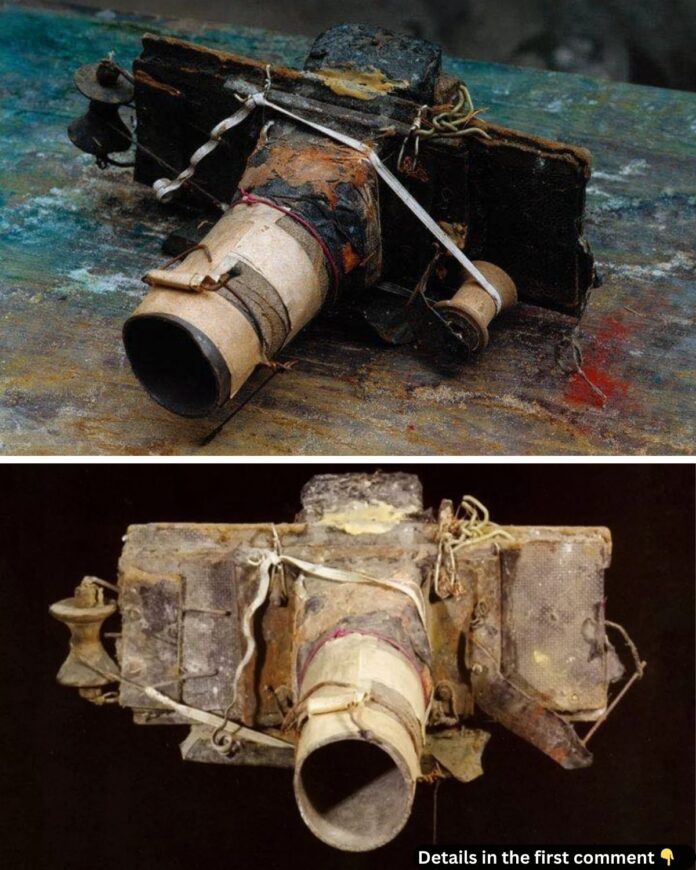Art, at its core, is an act of rebellion—a challenge to norms and expectations. Few artists embodied this principle as fully as Miroslav Tichý, a reclusive Czech photographer who shunned convention to create an extraordinary body of work. Using cameras crafted from cardboard tubes, tin cans, and bits of string, Tichý’s images were raw, flawed, and profoundly human. Though he never sought fame, his work now stands as a unique testament to the beauty of imperfection and the unorthodox paths an artist can take.
The Man Behind the Lens
Born in Kyjov, Czech Republic, Tichý lived a life that was as unconventional as his art. He began his creative journey as a painter, only transitioning to photography in 1962. When asked why he made the change, Tichý famously declared, “All drawings have already been drawn. All paintings have already been painted.” His rejection of traditional mediums was not just a philosophical stance but an act of rebellion against a world he saw as increasingly homogenized and constrained by societal norms.
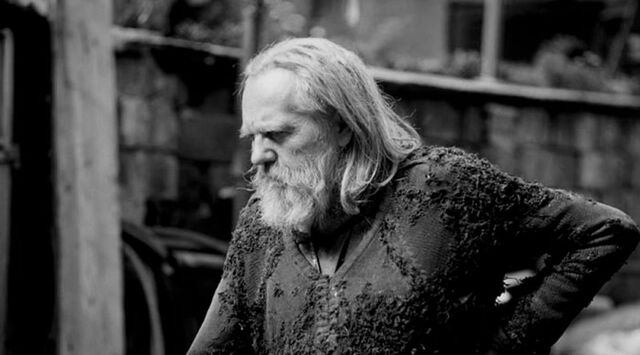
Tichý’s appearance mirrored his rejection of societal expectations. He often roamed the streets dressed in tattered clothes, his disheveled look earning him the reputation of a vagabond or even a boogeyman in his hometown. Yet behind this eccentric exterior was an artist deeply committed to his craft.
Discover the unique art of Miroslav Tichy in Tarzan Retired – watch the video to explore the fascinating world of this reclusive artist and his unconventional photography!
Homemade Cameras: Tools of Rebellion
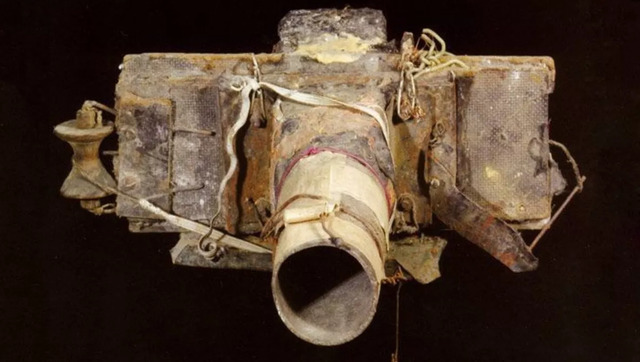
Tichý’s cameras were as unconventional as the man himself. Constructed from cardboard tubes, tin cans, dress elastic, and old camera parts, they were more works of art than functional tools. His lenses, often cut from Plexiglass and polished with toothpaste and cigarette ashes, added an unmistakable aesthetic to his images. The cameras were unreliable and riddled with imperfections, but these flaws became a hallmark of his work.
A typical Tichý camera might include a shutter made from plywood, operated by a pulley system of thread spools. These rudimentary devices produced images that were often blurry, overexposed, or scratched. Yet, it was precisely these imperfections that gave his photos their haunting, ethereal quality—a reminder that art is not about technical perfection but about evoking emotion.
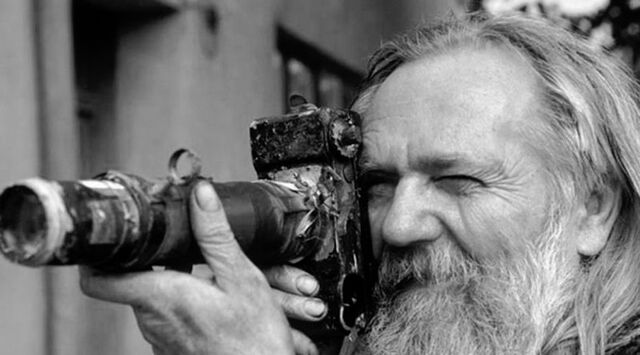
The Raw Aesthetic of Tichý’s Photographs
Tichý’s subjects were almost exclusively women, captured in candid, often voyeuristic moments. Using his homemade telephoto lenses, he photographed women walking down streets, sitting in parks, or engaging in everyday activities. His images isolated body parts—legs, backs, hands—focusing on fragments rather than the whole. This gave his work an intimacy that was both unsettling and mesmerizing.
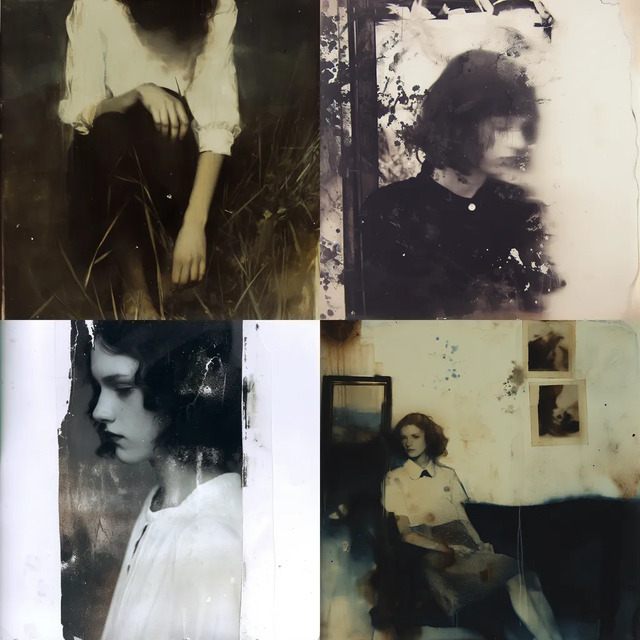
The imperfections in his photos—blurred lines, uneven exposures, and damaged prints—only added to their allure. Each image felt like a fleeting memory, a snapshot of a moment that was both ordinary and extraordinary. These were not polished, posed portraits but raw, unfiltered glimpses into the lives of his unsuspecting subjects.
Art for Himself, Not the World
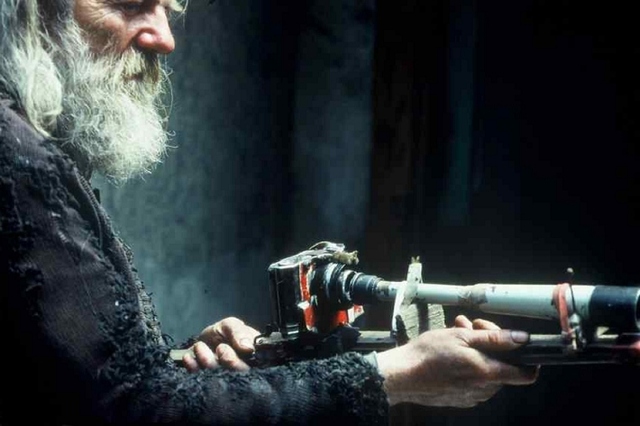
Unlike many artists who seek recognition, Tichý created purely for himself. His studio was a chaotic mess, with prints strewn across tables and floors, left to gather dust and decay. Fame was meaningless to him; he valued the act of creation over the accolades it might bring.
Tichý’s work might have remained hidden forever if not for his friend Roman Buxbaum. In 1981, Buxbaum began collecting and organizing Tichý’s scattered prints, eventually introducing them to the world through exhibitions. While this brought Tichý international acclaim, it also sparked tension. Tichý later severed ties with Buxbaum, even attempting to stop the propagation of his work through a notarized letter. For Tichý, art was a deeply personal endeavor, not something to be commodified or celebrated.
A Polarizing Legacy
Tichý’s work has divided critics and audiences alike. Some see his images as crude and invasive, while others find them deeply moving and authentic. Pavel Vancat, author of a monograph on Tichý, described his photographs as “a tombstone to one very special life.” They are a testament to an artist who stood apart from any group or movement, creating a body of work that defied categorization.
Buxbaum, reflecting on Tichý’s legacy, noted, “These days, there are plenty of artists with modern digital equipment who try to make their pictures look crude. But can you believe a thirty-year-old university graduate? Does he really know what is crude? It is simply impossible, especially in comparison to Miroslav Tichý.”
Exhibitions and Recognition
Tichý’s work remained largely unknown until the release of a documentary, Miroslav Tichý: Tarzan Retired, in 2004. The film, along with a corresponding exhibition at the Biennial of Contemporary Art in Seville, brought his photographs to a global audience. Critics marveled at the uniqueness of his vision, even as they grappled with the ethical implications of his voyeuristic approach.
Today, Tichý’s photographs are celebrated as a rare and authentic expression of individuality in art. Each image carries the weight of his defiance—against societal norms, against technological perfection, and even against the idea of fame itself.
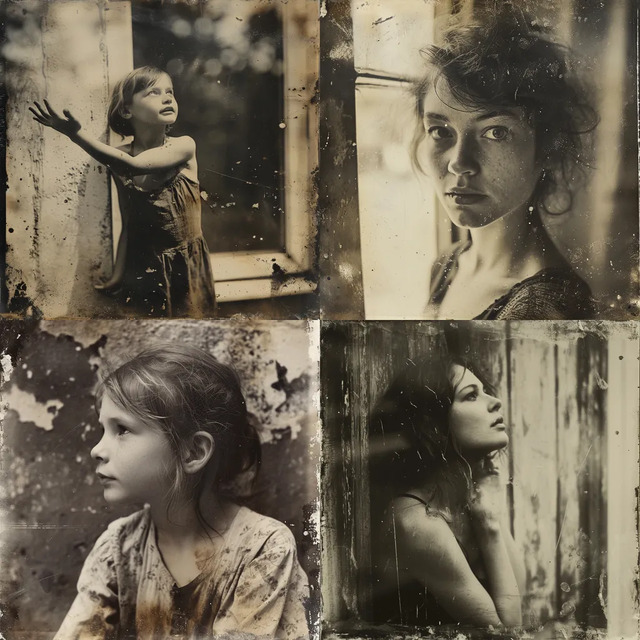
A Life Remembered
Miroslav Tichý passed away in 2011 in the same town where he was born and lived his entire life. He left behind a body of work that is as enigmatic as the man himself. His photographs, created with the simplest of tools, remind us that art is not about the medium but the message. They capture the fleeting beauty of ordinary moments, seen through the eyes of an artist who valued authenticity over acceptance.
Video
Explore more of Miroslav Tichý’s incredible work in this series – watch the video to dive deeper into the art and life of this mysterious photographer who captured the world through his unique lens!
Conclusion
Miroslav Tichý’s life and work challenge us to rethink our notions of art and success. In an age where social media rewards perfection and popularity, Tichý’s imperfect, deeply personal photographs stand as a powerful counterpoint. His legacy is a reminder that true art comes from within, untainted by the desire for external validation. Through his homemade cameras and unique vision, Tichý captured not just images but the essence of what it means to be human—flawed, fleeting, and profoundly beautiful.
